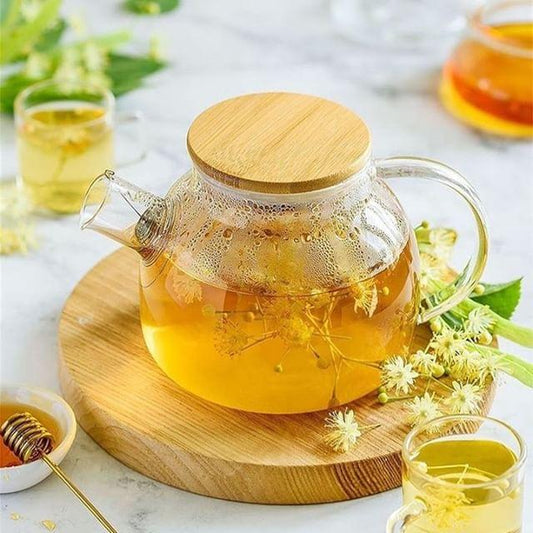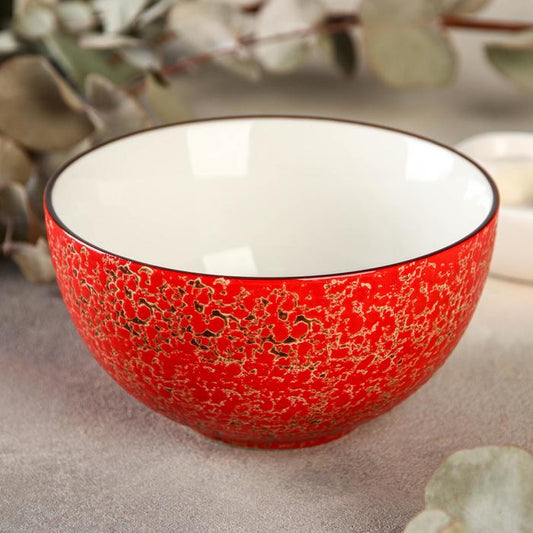From Yuzu to Tamarind: The Global Citrus Takeover in Cocktails & Cooking

From Yuzu to Tamarind: The Global Citrus Takeover in Cocktails & Cooking
Move over, lemon wedge. 2025’s most talked-about dishes and drinks harness fragrant yuzu zest, tangy calamansi juice, and tamarind’s sweet-sour punch to add complexity, wellness halo, and social-media sizzle.
By Staff • August 8, 2025
“Exotic citrus delivers brightness plus storytelling—bartenders and chefs can’t resist.” —Mixologist Rei Nakamura, Tokyo-NYC Cocktail Week
Why Now? The Global Citrus Moment
- Post-pandemic palate shift: Diners crave bright, immune-positive flavors after years of comfort carbs.
- TikTok & street-food inspo: Yuzu-ade stands in Seoul, Filipino calamansi pies, Mexican tamarindo candy—content creators spark menu FOMO.
- New supply chains: Indoor vertical farms and flash-frozen purées make once-rare citrus affordable year-round.
- Low-ABV & zero-proof boom: Aromatic acids replace ethanol punch, letting bartenders craft complex sips minus the buzz.
Flavor Science & Sensory Appeal
Citrus offers three sensory levers:
Citric, malic, and tartaric acids boost salivation, amplify aromatics, and balance fat.
Limonene, yuzu’s yuzuol, and calamansi’s ethyl-butyrate create top-note fragrance that travels from glass to Instagram reel.
Tamarind’s natural sugars + tart acids produce dual flavor wave—ideal for glazes and shrubs.
Citrus Profiles: 7 Stars to Know
Yuzu (Japan/Korea): Floral, mandarin-meets-grapefruit. Zest > juice in intensity. Great in sours & ponzu.
Calamansi (Philippines): Lime-orange hybrid; high acidity, tropical perfume. Perfect for curds, sodas.
Tamarind (South Asia/Mexico): Pulp is tangy-sweet, almost date-like. Adds body to BBQ sauces, mezcal cocktails.
Sudachi (Japan): Peppery lime nuance; used raw over grilled fish, high-ball riffs.
Kaffir Lime (SE Asia): Intensely aromatic leaves & knobbed fruit; brightens syrups, custards.
Buddha’s Hand (China/India): No juice—just peel. Candy the “fingers,” infuse vodka.
Finger Lime (Australia): Caviar-like vesicles pop with sourness; Instagram gold on oysters, margaritas.
Cocktail Plays Shaking Up Bars
- Yuzu-Matcha Highball — Tokyo-inspired whisky + yuzu soda + matcha foam.
- Tamarind Mezcal Old Fashioned — Smoked agave, tamarind agave syrup, mole bitters.
- Calamansi Spritz — Prosecco, calamansi cordial, basil oil float.
- Finger-Lime Margarita — Classic marg topped with citrus “caviar.”
- Buddha’s Hand Negroni Sbagliato — Candied peel garnish + citrus-infused vermouth.
Kitchen Uses From Crudo to Cake
- Yuzu-Kosho Butter on seared scallops.
- Calamansi Curd Tarts with toasted coconut crust.
- Tamarind Glazed Pork Ribs finished over charcoal.
- Buddha’s Hand Panna Cotta with shaved peel syrup.
- Kaffir Lime Leaf Rice as aromatic base for Southeast Asian bowls.
DIY Syrups, Salts & Marinades
Calamansi Simple Syrup
- Combine 200 g sugar + 200 ml water; heat until dissolved.
- Add 120 ml fresh calamansi juice; cool, strain.
- Refrigerate up to 2 weeks. Use 20 ml per spritz or iced tea.
Smoky Tamarind Wing Marinade
- Blend 90 g tamarind paste + 45 ml hot water + 2 tbsp brown sugar.
- Add 1 tbsp soy, 1 tsp smoked paprika, 1 minced garlic clove.
- Marinate wings 4 hrs; grill, basting with reserved glaze.
Pairings & Menu Tips
- Aromatic Echo: Match yuzu cocktails with citrus-zest desserts for continuity.
- Contrast: Pair tamarind-glazed proteins with creamy coconut rice.
- Texture: Use finger-lime pearls for pops against smooth ceviche.
- Color Pop: Bright green kaffir oil + orange calamansi curd = social-ready plating.
Key Takeaways
- Exotic citrus offers aroma, acidity, and narrative power.
- Supply improvements make yuzu, calamansi, and tamarind accessible worldwide.
- Bartenders leverage them for zero-proof depth and low-ABV balance.
- Chefs deploy zest, pulp, and leaf to cut richness and brighten plates.
Frequently Asked Questions
Not exactly—yuzu is less acidic but more aromatic. Start by substituting half the lime juice with yuzu, then adjust.
Look for frozen purée, shelf-stable concentrate, or greenhouse-grown fruit in Asian supermarkets and pastry supply shops.
Botanically it’s a legume, but its acidic pulp fills the same culinary role—hence its inclusion in the “global citrus” flavor wave.
- “Blue Citrus & Butterfly Pea: Color-Changing Drinks Explained”
- “Salt Meets Citrus: Why Salty Palomas Rule Summer 2025”
All flavor recommendations are for inspiration only. Adjust acidity and sugar to suit dietary needs.
Share:





